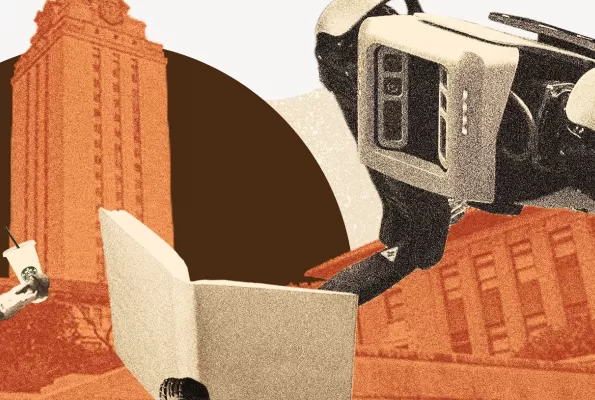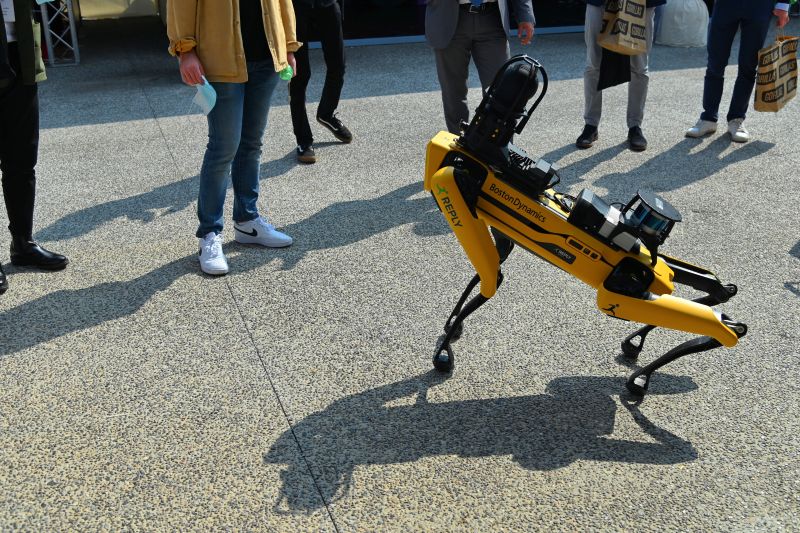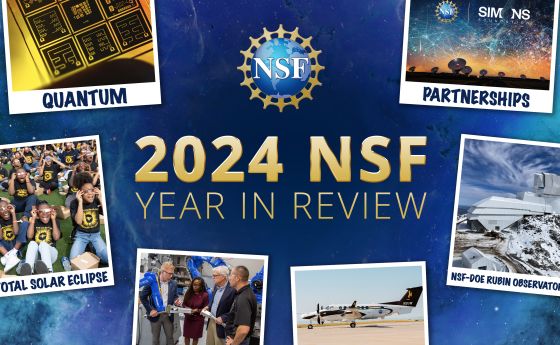
Beware of the robot dog next door?
Researchers at The University of Texas examine human-robot interactions
Boston Dynamics is known for its viral videos where its autonomous robots dance, tackle obstacle courses or decorate for the holidays. There are even blooper reels that show how much work is required to make the robots perform even the simplest of tasks.
But these robots also have day jobs. In the industrial world, Boston Dynamics's robot dog, Spot, performs inspections at construction and manufacturing sites as well as facilities such as oil rigs and nuclear plants, all potentially dangerous operations for humans. Robots are becoming a more integral part of the fabric of society. But how will people react when robots are walking down our sidewalks and sharing our parks? This is one of the many questions researchers at The University of Texas at Austin are tackling as they study what happens when humans and robots interact in everyday life.
Living and working with robots
The Living and Working With Robots project began in 2021 on the UT Austin campus and was recently expanded with a grant from the U.S. National Science Foundation, said Luis Sentis, project leader and a professor in the university’s Department of Aerospace Engineering and Engineering Mechanics.
The objective is to look beyond the technology to study how robots integrate with society and how communities might react. Sentis cited the introduction of the automobile; the earliest models were cleaner than the horses they replaced and moved at about the same speed. But, according to many accounts, the automobiles spooked the horses. And within 20 years, cars were going twice as fast, then roads and freeway systems grew, cities were transformed.
"Maybe if companies had information on comfort levels and reaction of communities to cars from a team of scientists, transportation today would be different," he said. "We discuss robots monitoring buildings, moving around and supplying things, and supporting construction. Imagine the possibilities if that happens in big numbers. You want to have a study and reach convergence about the approach to providing information so we can inform companies and universities and institutions about what is the right way to deploy these things in the future."
The team includes researchers from The Cockrell School of Engineering, The School of Information, The Moody College of Communications, The College of Liberal Arts, The Texas Advanced Computing Center, The University of Texas Libraries, The School of Architecture, and The School of Journalism. This broad range of expertise will be needed to design the parameters of the project, monitor and gather feedback on every interaction, and to develop a shared research database.
Good dogs will have human handlers
Spot, which has roots in NSF-powered research in the mid-1990s by Boston Dynamics founder Marc Raibert, will make deliveries to university libraries and other facilities. While performing their jobs, the robots will be walking several miles per day and encountering potentially hundreds of pedestrians.
A pair of robot dogs will work together, but they will not be "off leash." Observers will monitor them as they move around the campus, using virtual reality headsets to see through the "eyes" of the robot.
Collecting data on the community encounters and reactions to the robots is one of the core research goals. There are a number of variables that can affect the results, such as the size and the type of the robot; location of the encounter (e.g., indoors, outdoors); time of the encounter (e.g., day or night); how many people are encountered; and is the encounter during a time of high stress on campus (e.g., exam week).
"Robots can be scary in an empty corridor at night," Sentis said. "We are working on how to make them noticeable, such as beeps and lights. We may show the face of the person that is supervising the robot. We want people to know that there is a person behind it, because we want to learn what makes robots useful and wanted."
The observers will also provide data for the project. With their knowledge and consent, their brain activity and stress levels will be recorded. This could provide insight into how humans are affected by working with autonomous robots and how they make decisions and remain focused on tasks.
The researchers also hope the project will help produce college, graduate and professional courses that will be needed as robots become more ubiquitous in society.
"We want to create a convergent data approach and a common approach across all disciplines and create materials for students and professionals," Sentis said. "I teach human-centered robotics, which is normally a very technical course. This year, I have people from the School of Information and the School of Urban Design and Smart Cities and incorporate new findings in these areas. I don't want to mentor scientists and engineers that are so attracted to the technology that they can't see the damage or the benefit. I want them to open up and see what the effect on society is."




